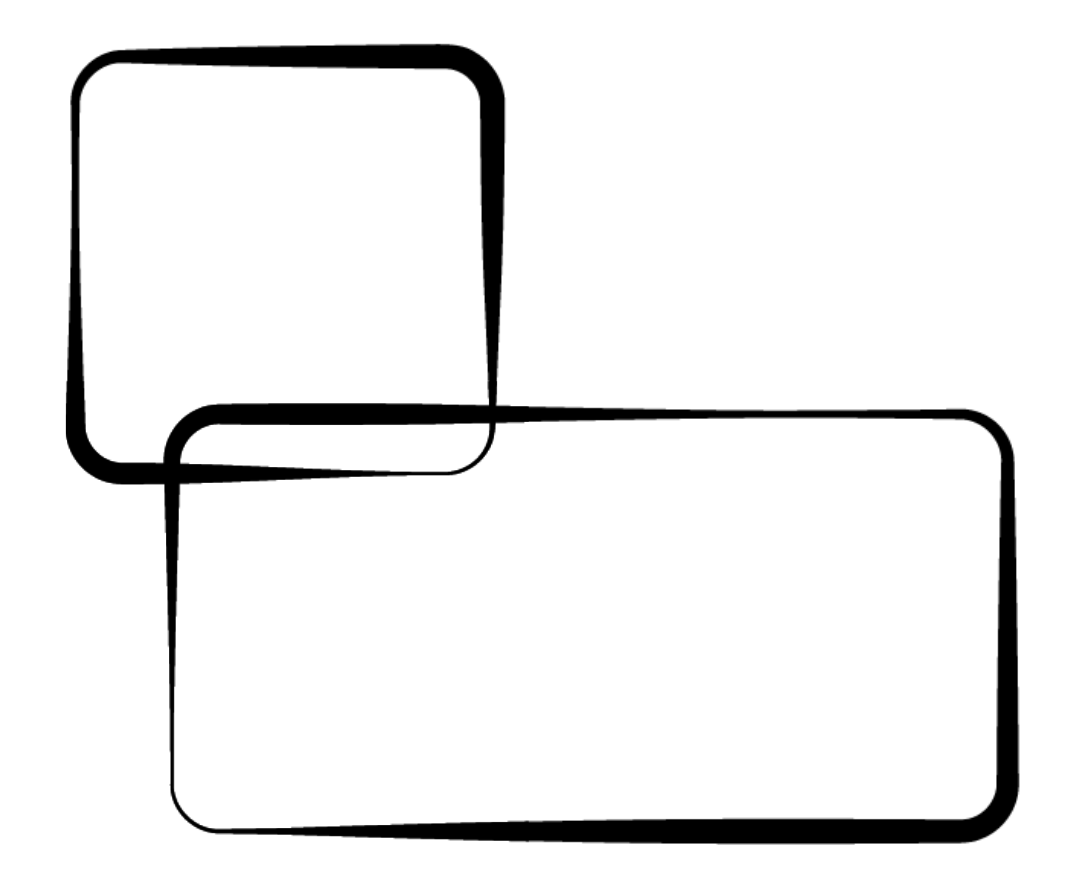by Jenn Burke
“It makes no difference if you have a yard or an empty patio pot, growing native plants can make a difference.” says Randi Gunder of Tree of Life nursery in San Juan Capistrano.
Most people make the decision to convert their gardens exclusively to native plants for water conservation. Since native plants are already genetically adapted to California’s low water climate, they require fewer resources. Water conservation, while important to our community, is also good on the individual’s pocketbook.
But there are more benefits. The gardeners at Tree of Life Nursery have noticed while people convert to native plant gardens for the low maintenance, they end up being very surprised and pleased by the budding ecosystem that forms. Larger plants protect and nourish smaller shrubs and ground cover. Increased animal life becomes attracted to natural elements and food supply. In fact butterflies have benefited most with the increase in homeowner conversion as several native species have contributed to the increase in Monarch population. Surrounded by nature is found to improve human mental health and well-being as well. Surrounding yourself with native plants makes it easy.
So, if you are ready to tear up that water soaking, high maintenance lawn for a California native plant garden, September and October is the perfect time. Fall and winter seasons offer the most rain to establish native roots. Once established, only occasional watering is needed when temperatures are too high to maintain a year round bloom.
Here are the steps recommended by Tree of Life.
- Check with your county and water district for any rebates and incentives. Recognizing the sustainable benefits to our state resources, and to encourage homeowners conversion to native plants, many counties in California have implemented rebates and monetary incentives.
- Decide on a story for your space. While this may seem strange, knowing what you want to accomplish with the garden will help making decisions about its design and plant selection easy. Do you like the woody forests of California, the desert landscapes of Joshua Tree or the coastal hills of San Onofre? Do you want shade or sun, butterfly habitat or rocky meadow, a place to entertain or meditate? And don’t forget about the sounds and smells like crunching leaves underfoot or the peaceful scent of sage.
- Plot out the movement in the garden based on your story. Where is the main path to be located? Which way is the view? Which parts of the garden will host the human activities you decided on?
- Water flow is everything. Although native plants of California do not need as much water, it is still precious and vital to their survival. The goal of a garden, like in nature, is to collect as much water as possible. If you own a home, start with the downspout and capture the runoff rainwater from your roof into a swale, a rock lined depression in the earth. The water then can meander to the other parts of the garden through the swale with graduations in the land. Soil that is taken to form the swale can be used for mounds that allow plants that take less water a refuge to grow.
- Place the foundation plants first. Trees and other significant plants that tell the story go in first, followed by complementary species to fill in gaps. The trees will protect the smaller shrubs and the shrubs will protect the flowers and ground cover. Keep the leaves! Fallen leaves are natural mulch for the plants they came from. To add seasonal variety, sprinkle native seeds on top and be surprised by your very own super bloom.
The experts at Tree of Life know that “gardening is a process”. At first your young garden will need nurturing and attention, but once rooted, an ecosystem will take over. Then it’s time to step away and enjoy your ever evolving landscape.
If you’d like to learn more about individual California ecosystems, plants and growing your own California garden, there are classes every other weekend at Tree of Life Nursery, as well as a newsletter to sign up from. They also have custom garden design services to help you design a garden particular to your needs.
Visit https://californianativeplants.com/ for more information!






